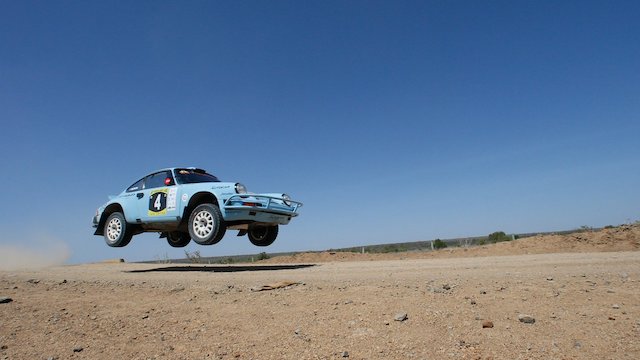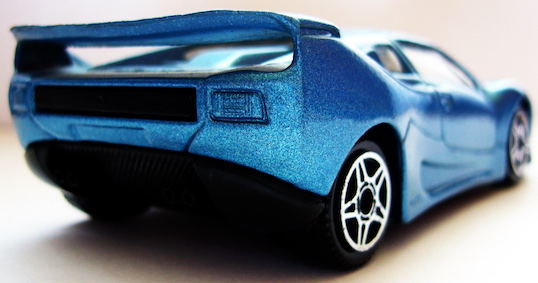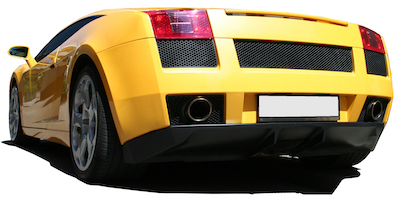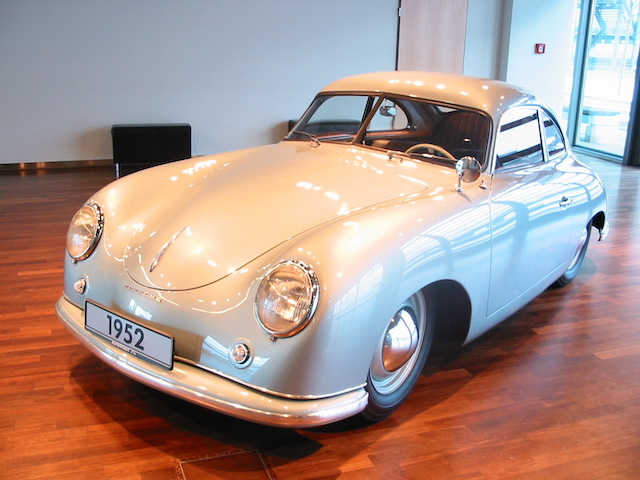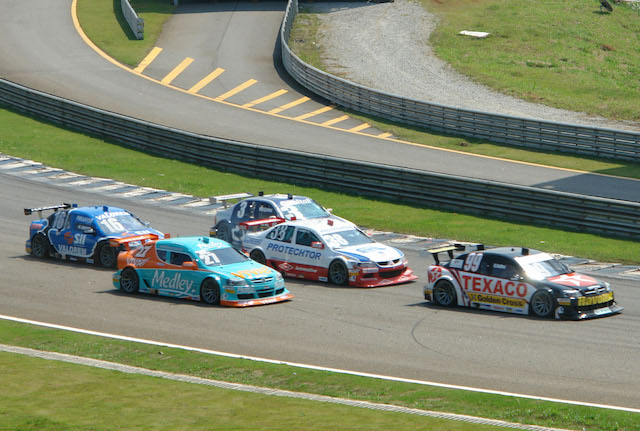East African Safari Rally Race Car
The East African Safari rally is the most gruelling and iconic motorsport events in the world. Held annually, it takes place in Kenya and often extends to other East African countries. This rally is famous for its rugged terrain, unpredictable weather conditions, and long distances. Due to these challenges, they build the race cars to endure harsh conditions while maintaining top performance.
Design and build of a race car for the Safari rally
A race car for the East African Safari rally can withstand extreme conditions. Unlike traditional circuit racing cars, these vehicles can handle rough terrain, including mud, rocks, and sand. They reinforce the car’s suspension system, allowing it to absorb the shocks from uneven surfaces. These modifications ensure the car can stay stable and maintain speed over long, bumpy distances.
Moreover, race cars of Safari Rally often come with lightweight materials to enhance performance without compromising durability. They use aluminium and carbon fibre to construct key parts of the car. These materials help to reduce weight while offering strength, enabling the vehicle to tackle the rally’s unpredictable paths.
Suspension and tires for rugged terrain
Suspension is the most critical aspect of a race car in the Safari rally. A robust and adaptable suspension system is necessary to deal with the rough terrain that drivers face. Rally cars generally feature long-travel suspension systems that can handle extreme bumps and jumps. These systems ensure that the car maintains contact with the ground, offering better control and stability.
The tires of Safari Rally race cars have maximum grip on loose surfaces. Rally tires are often wider and softer than those used in other forms of motorsport. This allows them to grip onto soft ground like sand or gravel, giving drivers more control. rally drivers also use a combination of tires for wet and dry conditions, depending on the weather forecast for the rally.
Engine and powertrain modifications
Race cars used in the East African Safari rally require powerful engines capable of delivering consistent performance over long distances. Most race cars for this rally have turbocharged engines, providing the necessary power and torque to navigate challenging routes. The drivers modify these engines to handle the rigours of rallying, with enhanced cooling systems and reinforced components to prevent overheating.
The powertrain of these cars deliver strong performance both on and off the road. A rally car’s drivetrain has quick acceleration and high-speed stability. Unlike other racing disciplines, rally cars in the Safari Rally must perform well on both tarmac and off-road sections, so a balanced powertrain is essential.
Safety features in rally cars
Safety is a top priority for any race car, but it is especially crucial in the East African Safari rally, where accidents can have serious consequences. Race cars for this event have advanced safety systems, including full roll cages, which provide protection in the event of a rollover. The roll cage has high-strength steel and keeps the driver and co-driver safe in extreme situations.
In addition to the roll cage, rally cars have fire-resistant suits, helmets, and harnesses for the driver and co-driver. These safety measures protect the crew in the event of a fire or collision. Modern rally cars also have advanced onboard fire suppression systems and medical equipment to handle emergencies quickly.
Durability and reliability for long distances
The defining characteristic of race cars used in the East African Safari rally is their durability. The event covers long distances, often over several days, and the cars must maintain peak performance for extended periods. The harsh conditions of the rally can easily wear down parts of the vehicle, so the cars come with long-lasting materials.
Key components such as the engine, transmission, and differential can handle the constant stress of off-road racing. The drivers can easily repair and maintainRally cars in the Safari rallyin remote areas. Having a car that can withstand such extreme use without breaking down is vital for success in the event.
Navigation and technology in rally cars
In addition to the mechanical modifications, technology plays a significant role in the performance of race cars in the East African Safari rally. Navigation systems are essential for drivers, as the rally takes place across vast, unfamiliar landscapes. Rally cars often come equipped with GPS devices, detailed maps, and rally-specific navigation tools to help drivers find their way through the course.
Communication systems are also crucial. Drivers need to stay in constant contact with their co-drivers and the support crew throughout the race. Rally cars often feature in-car radios and satellite communication systems, ensuring that the drivers can promote exchange information and instructions.
Fuel and fluid management for endurance racing
Endurance is a major factor in the East African Safari rally. Race cars used in the event must have an efficient fuel system to handle the long stretches between refueling points. Most rally cars have large-capacity fuel tanks that allow them to travel long distances without refuelling. These cars also have sophisticated fuel management systems that ensure the engine operates at maximum efficiency.
In addition to fuel, the management of other fluids, such as oil and coolant, is critical for maintaining the car’s performance. Rally cars in the Safari Rally are equipped with advanced fluid cooling systems to prevent engine overheating. Oil systems are reinforced to withstand the high temperatures and pressure that come with racing in such extreme conditions.
Customisation for local terrain and weather conditions
Rally cars for the East African Safari rally are often customised to handle the unique local terrain and weather conditions. The terrain in East Africa is diverse, ranging from rocky hills to sandy deserts. As a result, the race cars are often customized with adjustments to their suspension, tires, and gear ratios to better suit the varying conditions.
Weather conditions, such as heavy rain or intense heat, are also a factor. The cars used in the Safari Rally are designed to perform well in both wet and dry conditions. For instance, rain can make the terrain slippery, requiring special tires and more advanced handling features. On the other hand, the heat in desert regions demands robust cooling systems to prevent the car from overheating.
Co-driver in rally car performance
In rally racing, the driver works closely with a co-driver, who plays a vital part in ensuring the success of the team. The co-driver’s role involves navigating and relaying instructions about the course to the driver. The co-driver is also responsible for managing the rally car’s systems, such as adjusting tire pressures and monitoring fuel levels.
The performance of the co-driver is closely linked to the car’s technology. The navigation system provides the co-driver with real-time data on upcoming terrain and obstacles. This allows for quick decision-making and ensures that the driver can stay focused on controlling the car. Rally cars used in the Safari Rally are equipped with these high-tech systems to improve the performance of both the driver and co-driver.
Tuning and fine-tuning for the rally
After the race car is built, tuning and fine-tuning play a vital role in making sure the car performs at its best. The cars used in the East African Safari Rally are constantly tweaked throughout the event. This includes adjusting the suspension for different stages of the rally, changing tires based on weather conditions, and tweaking the engine to ensure optimal performance in varying altitudes and temperatures.
At each service point during the rally, they check the race car and make adjustments as necessary. The team monitors the car’s performance closely, making changes to ensure that the car can endure the entire race. Fine-tuning plays a crucial part in maintaining the car’s speed and reliability throughout the rally.
Legacy of Safari rally race cars
The cars used in the East African Safari rally are part of a long-standing tradition of motorsport excellence. Over the years, manufacturers have developed and modified vehicles to meet the demands of the rally’s grueling conditions. Some of the world’s most iconic cars, including the Toyota Land Cruiser, Ford Escort, and Subaru Impreza, have raced in the event. These cars have helped elevate the East African Safari Rally to its prestigious status.
The legacy of these race cars lies in their ability to perform in some of the harshest environments on the planet. Each year, the cars evolve, incorporating new technologies and designs that push the boundaries of what is possible in rally racing.
Endurance racing beyond limits
Race cars of East African Safari rally can endure the toughest conditions known to motorsport. These vehicles have robust suspension, powerful engines, and advanced safety features. Every part of the car can withstand the stress of off-road racing over long distances. The cars must perform well across a variety of terrain and weather conditions, which makes them some of the most specialized race cars in the world. These cars represent the spirit of endurance, pushing both the vehicles and their drivers to the limit. The East African Safari Rally continues to test the world’s best, and the race cars used in this event remain a testament to engineering ingenuity.
Expose your brand at the East African Safari Classic Rally05 – 13 December 2025
|

